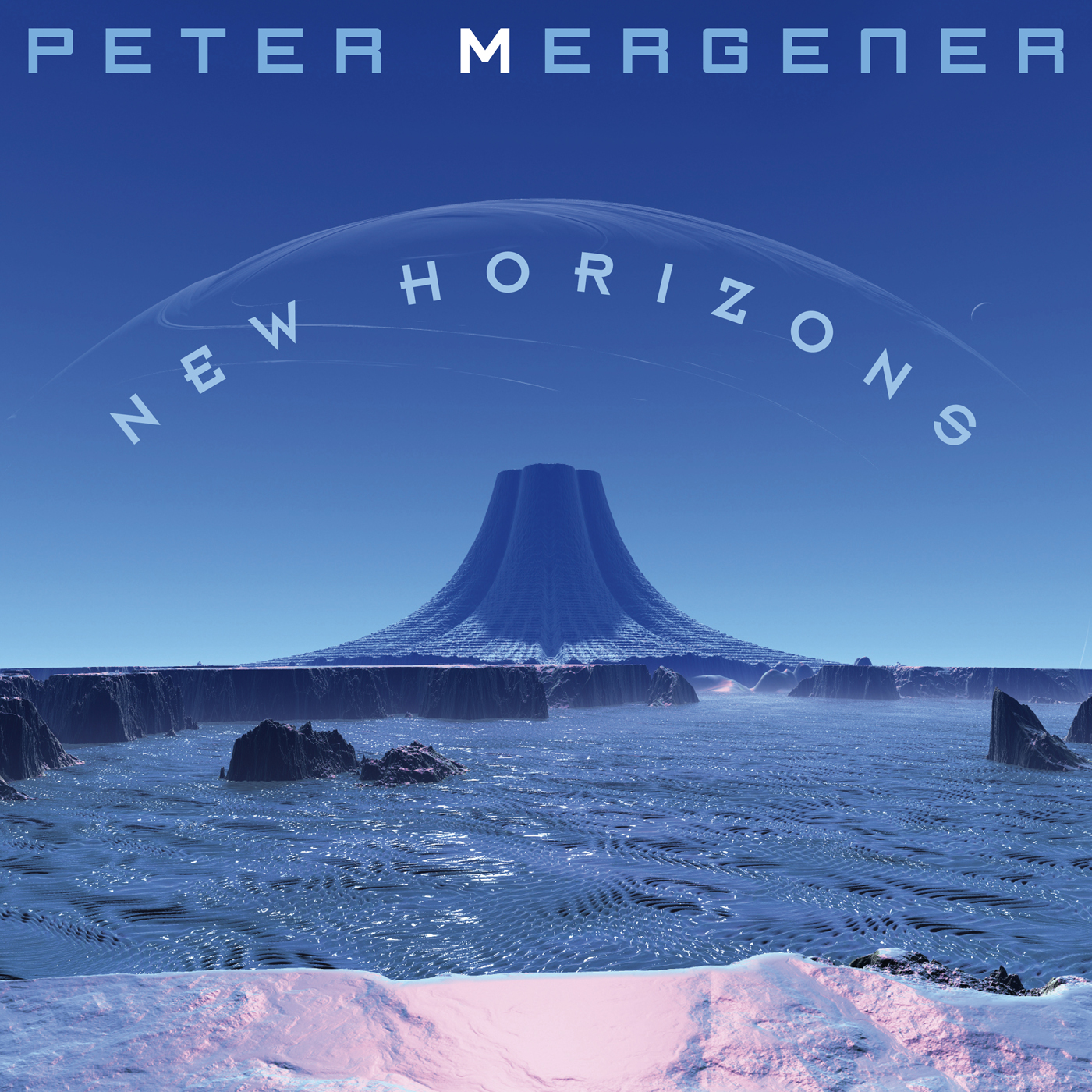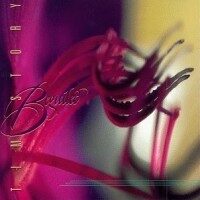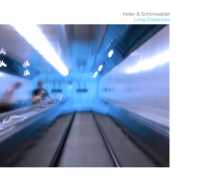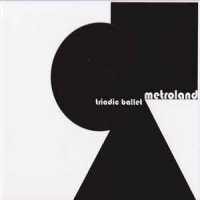Description
Release Date: March 10th, 2023
The tracks:
1. Discovery 6:58
2. Spaceshuttle 5:47
3. Surroundings 3:45
4. Kosmonaut 8:32
5. Heart of Space 3:34
6. Hycean Planet 7:58
7. New Horizons 7:20
8. Ignition 9:16
9. Mission Control 3:03
Peter Mergener is back with a brilliant Berlin School album.
When Lambert Ringlage (Spheric Music) heard the music for the first time, it was clear that he had to make an effort to release it: “The best thing I’ve heard from Peter in years!”
Peter Mergener became known in the 80s through the IC albums under the formations “Mergener/Weisser” and “Software”.
After Tangerine Dream and Klaus Schulze, Mergener was the “next generation” of the Berlin School and enjoyed great popularity with “Electronic Universe” and “Phancyful Fire”. After numerous stylistically different publications on various labels, it became quieter around Peter. All the more pleasing that Peter used the time to produce another first-class electronic album. Harmonic choral surfaces create a deep atmosphere from which hypnotic sequences gradually emerge, become denser and rise to a top Berlin School track. Compositionally flowing with sensitivity, incorporating stylistic elements of a Klaus Schulzes, Tangerine Dreams and also atmos known from Software, a varied, homogeneous album has been created. Wonderful for dreaming and drifting away. Spheric Music is proud to publish this album.





Sylvain Lupari –
Peter Mergener is one of those artists who manage to bring us so close to Cosmos that everything becomes possible, once our imagination connects to their. Although his solo career has taken him away from his style of electronic music (EM) that was exploring the vast universes of Cosmos to embrace more poetic themes and others closer to our daily lives, we recently felt a distant call from his past with the very good and beautiful Astronaut released in 2019. So much so, that it is very difficult to analyze NEW HORIZONS without making links with Software’s first albums, Electronic Universe and Electronic Universe II, as well as the first solo albums of the German musician-synthesist. Let’s say it from the start, NEW HORIZONS is undoubtedly the album so much awaited by the first generation of Mergener fans. We have here a delicious mix of Tangerine Dream’s influences on orchestral and cosmic structures that breathe the fragrances of Software. All in all, a superb album that takes us back to the glorious era of the man who, together with Michael Weisser, breathed new life into Berlin School-style at the turn of the 80’s on the Innovative Communication label.
A cloud of buzzing particles leaks astronaut voice samples in the atmosphericosmic opening of Discovery. Already, arpeggios flicker in a circular harmonic stream where a towering keyboard layer slips in with a contemporary organ-like tone. We are approaching the first minute when bass pulsations jolt with a rubbery texture that links their jumps, creating a pulsating echo effect where discrete percussion elements also click. The percussions restructure the rhythm a little before the second minute, bringing the track into a kind of pulsating EDM that is very catchy. Waves of drones circulate like the eye of a flashing beacon and the synth starts whistling a melody that twitches at the speed of the beat. A melody that takes over the finale and takes us back to the era of Software and Mergener’s early solo albums. This rhythmic base provided by 3 to 4 percussive elements and/or sequencer movements is the richness of rhythms that beat on this new Mergener album. Spaceshuttle follows with staccato effects that tear through the ambience like fog knives. They weave a cadenced melody that dances in a musical slingshot effect, it comes and goes, in a musical environment that gradually dilutes into a more psychedelic vision. The synth whistles here some good lunar solos. Solar explosions vibrate the canvas of Surroundings which is a slow track unfolding like those interstellar waltzes of Peter’s first compositions from the time of Software and/or the Mergener & Weisser duo. The music floats in Cosmos with some very nice lunar orchestrations and twinkling star tunes. In a musical vision that unconditionally reflects the influences of Tangerine Dream, as much in the rhythms as in the film ambiences and synth pads, Kosmonaut offers an opening of the same kind as Discovery, but with Moscow voice samples. A big vibrating shadow invites the sequencer to unravel a rhythm line that jumps briskly over the discrete resonances of a percussive pulses and under layers of mist bursting with interstellar shimmers and very TD-toned keyboard riffs. The boom-booms of semi-technoïd percussion give some dynamism to this rhythm sequence to finally propel it to a good velocity a little before the 4th minute. The rhythm changes direction after a short atmospheric phase, a musical bridge, a few seconds after the 5th minute. It will reinitiate its growth shortly after in a slower and more melodic vision where the musical coat of arms of the Dream shines brightly. An excellent track among a bunch of tracks that are all very good!
Somewhat like Surroundings, Heart of Space is an atmosphericosmic track that is more focused on drone effects. This phase of cosmic tranquility precedes a long, roughly 90-second, opening of atmospherics that reflect the life of a new ecosystem, that of Hycean Planet. Celestial airs, humming wind and waves of water submerge the opening which gradually reveals a jerky sequenced structure from which the spasms leap onto the bed of bass pulsations. The sequencer activates its speed, increasing dynamism and acceleration in an evolving structure, Peter Mergener plays with the velocity of the rhythm, where the synth throws layers that stretch nice orchestral harmonies to guide the track towards a more atmospheric finale. After a slow introduction of lyrical haze, the orchestrations which built the jerky rhythm of the title-track recall those of Spaceshuttle. They structure a rhythm that is based on pulsations, rather discreet, and arpeggios twirling in a tempered dynamism. In fact, the orchestral and very Software rhythm of New Horizons zigzags more than leaps lightly in samplings of an avian life that we discover a little further in its second part. From the top of its 9 minutes, Ignition is the track that hooks us the most easily to this NEW HORIZONS. Its structure of rhythm is as much catchy as melodious by giving this impression to bounce and to run at the same time. An evolving structure with nice modulations in its velocity and in the harmonic colors of the sequencer. It is based on 2 sequenced chords which exchange their jumps, creating a continuous line under a layer of orchestral mist of an azure blue. A fine texture of voice covers this layer as the sequencer inserts gaps, like other jumping keys, bringing those subtle modulations that will enrich the Ignition run. Semi-technoïd boom-booms add a more driving element to this rhythm where different elements of harmony and keyboard riffs that breathe the musical fragrances of Edgar Froese are also grafted. The sequencer drops a series of chords that flow like a fiery river after the 4th minute, giving another dimension to this rhythm that never ceases to charm with its various modulations, both rhythmic, harmonic and orchestral. A very big track, like Kosmonaut by the way, which leads us to the atmospheric finale proposed by Mission Control where the slow orchestrations are covered by riffs of a keyboard played by a dreamy and nostalgic soul and these samplings of cosmonauts’ voices which adorn and haunt Peter Mergener’s structures since his beginnings with Mergener/Weisser and then Software.
You have understood that I loved every minute of this NEW HORIZONS. And I am not the only one! The renowned Lambert Ringlage argues that this is probably Peter Mergener’s finest solo album, hence the distribution of this album on his label Spheric Music (the album is also available at BSC Music- Prudence – 398.6921.4). And yet, Mergener has made some very good solo albums, especially after the Software episode. So, I share Lambert’s opinion! NEW HORIZONS is built on sequencer and percussion multiline, both rhythmic and melodic. The sequencer movements, often influenced by the work of Christopher Franke, intertwine and/or complement each other in lunar orchestrations that remind us irremediably of the best years of Software. A very great album that makes us nostalgic without denying the vision or the very contemporary textures of EM. Thank you for this back to the roots album Peter, my memories, my emotions and my ears needed it 😊
Sylvain Lupari (March 14th, 2023)